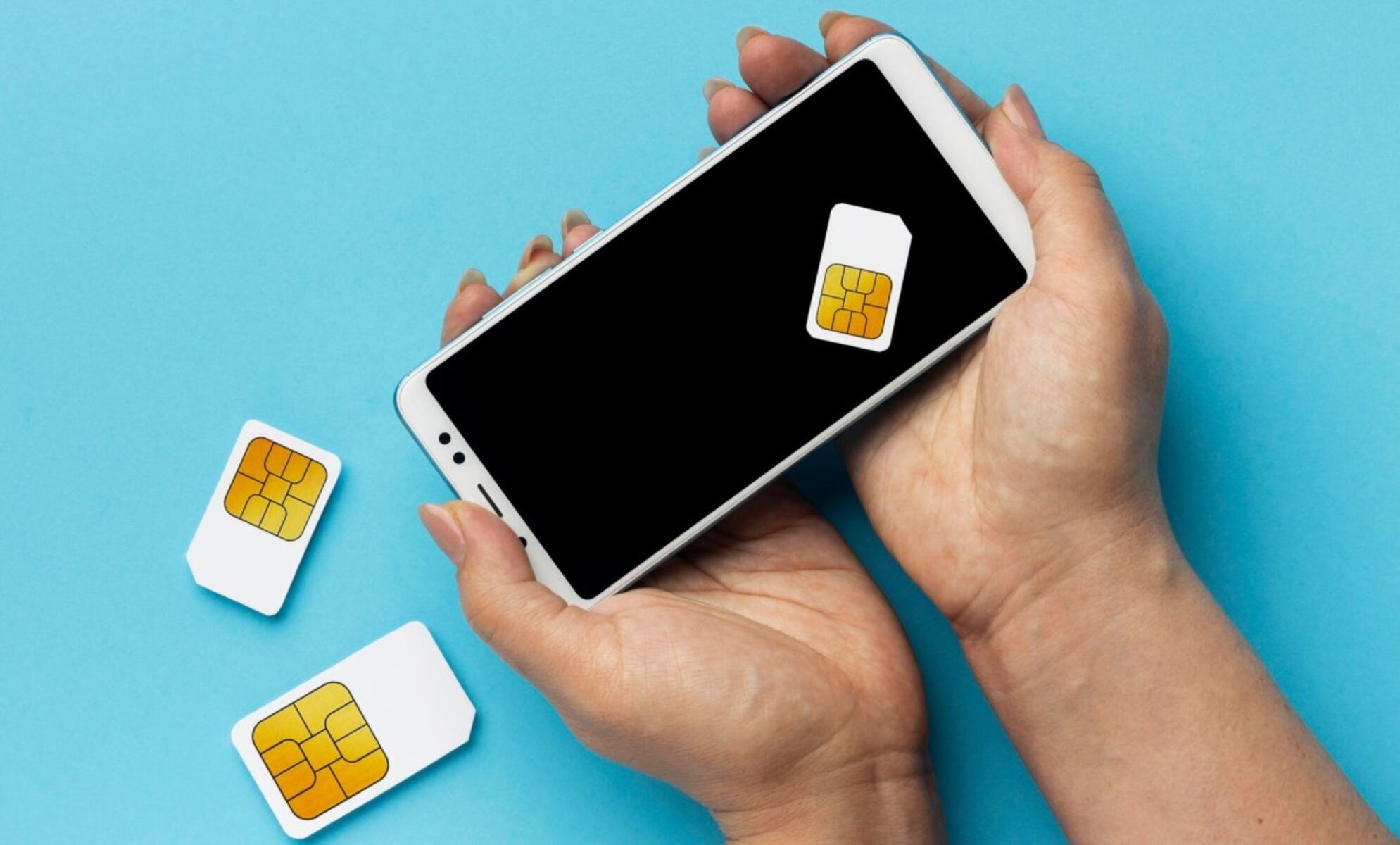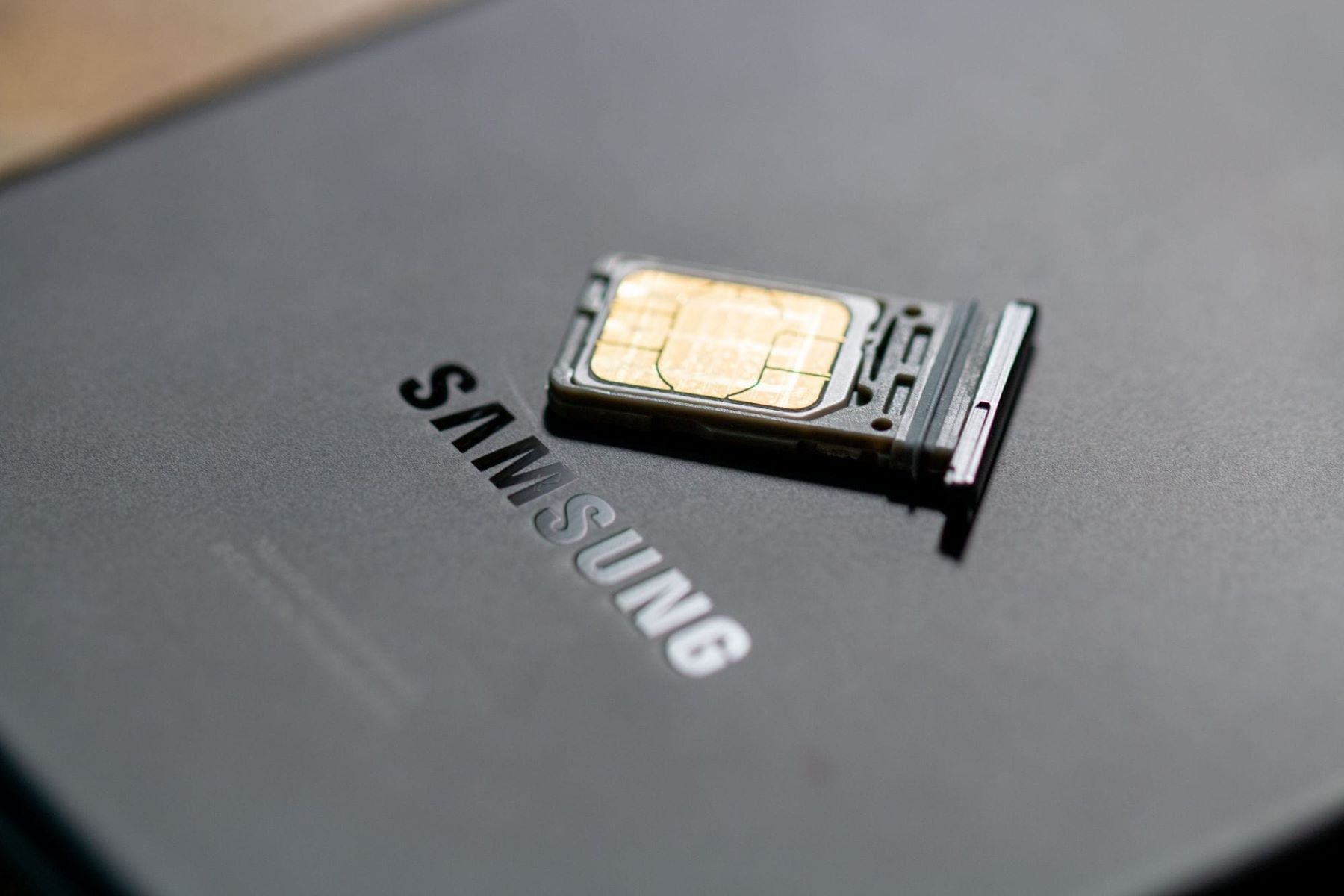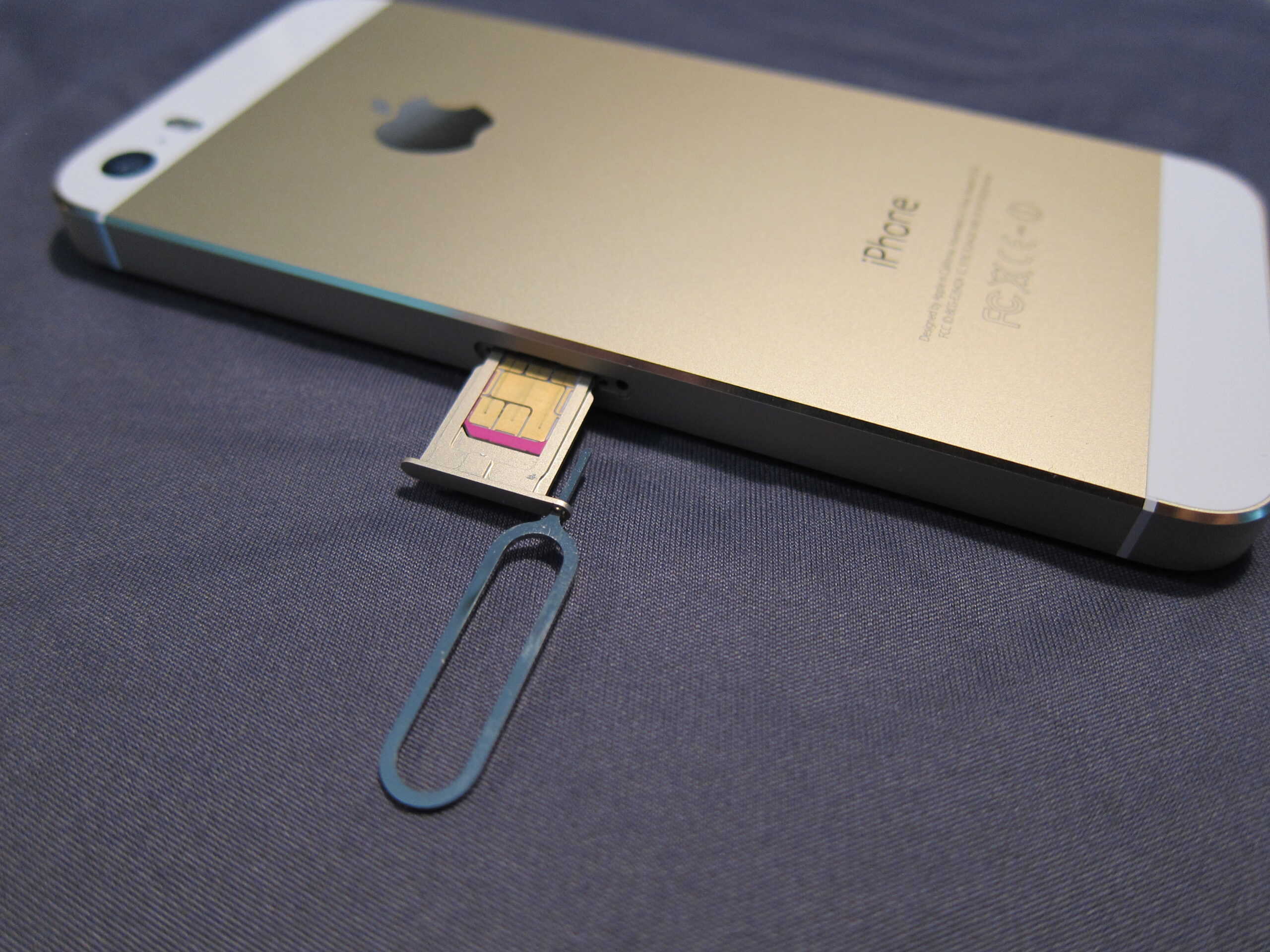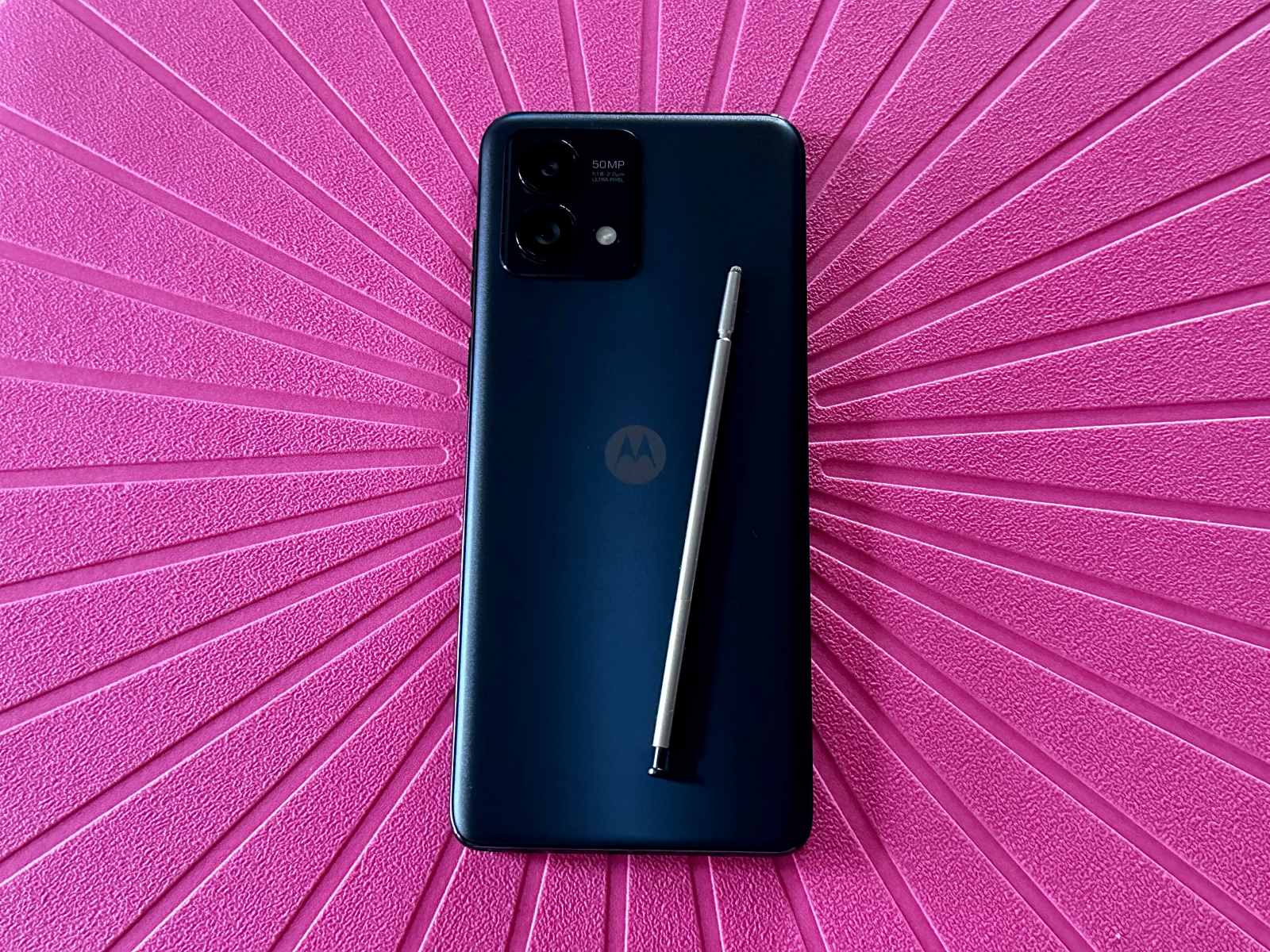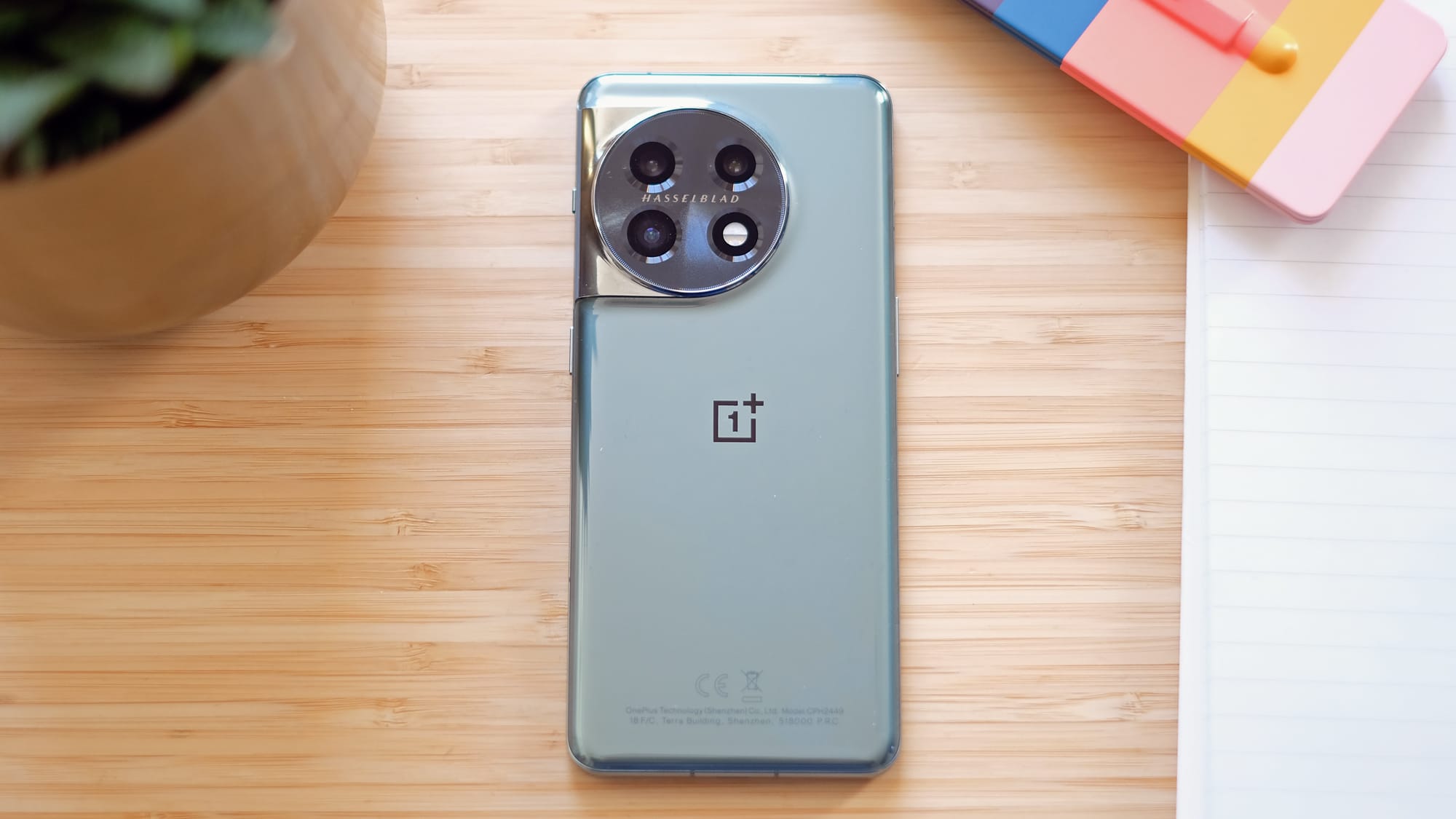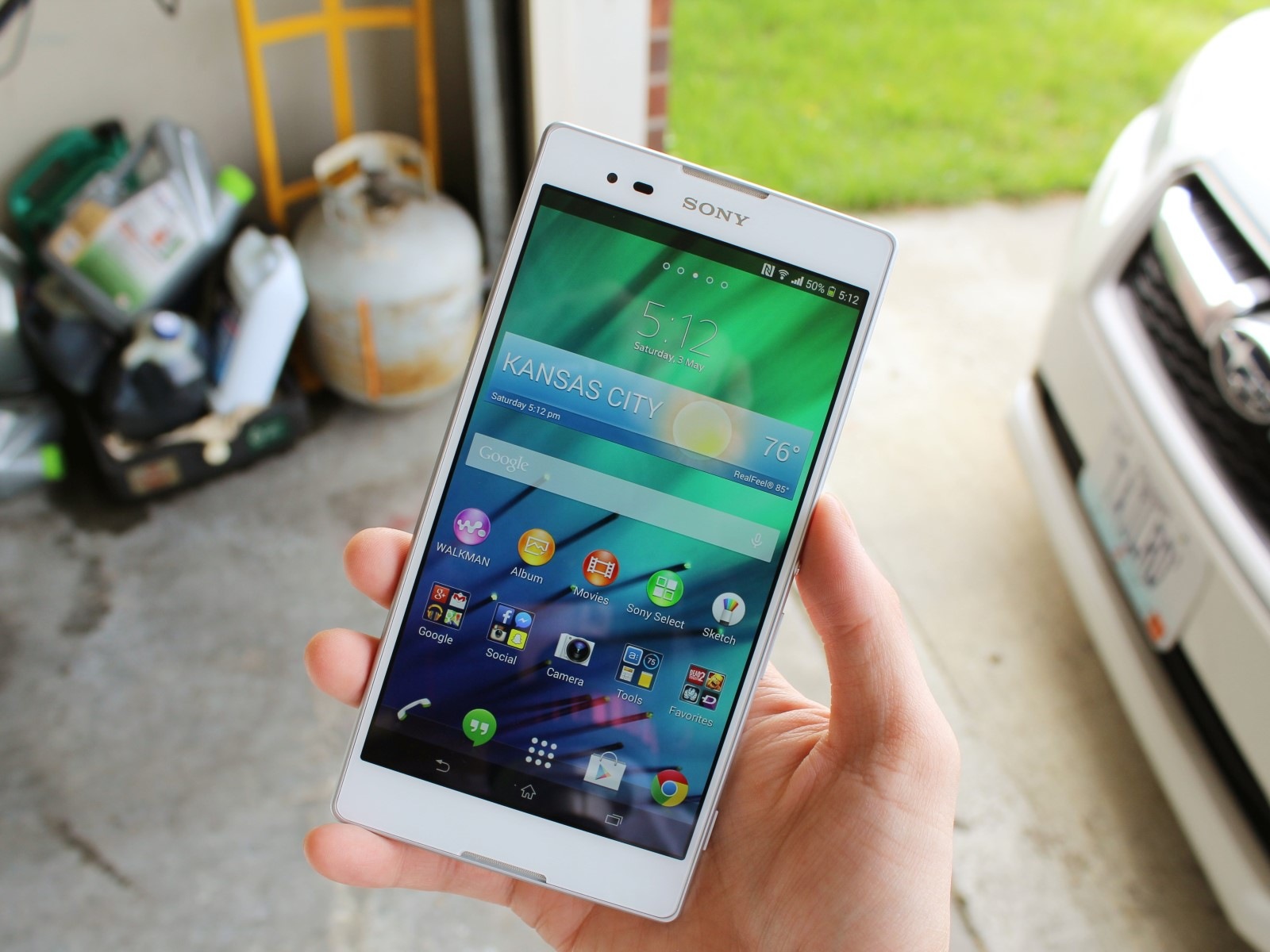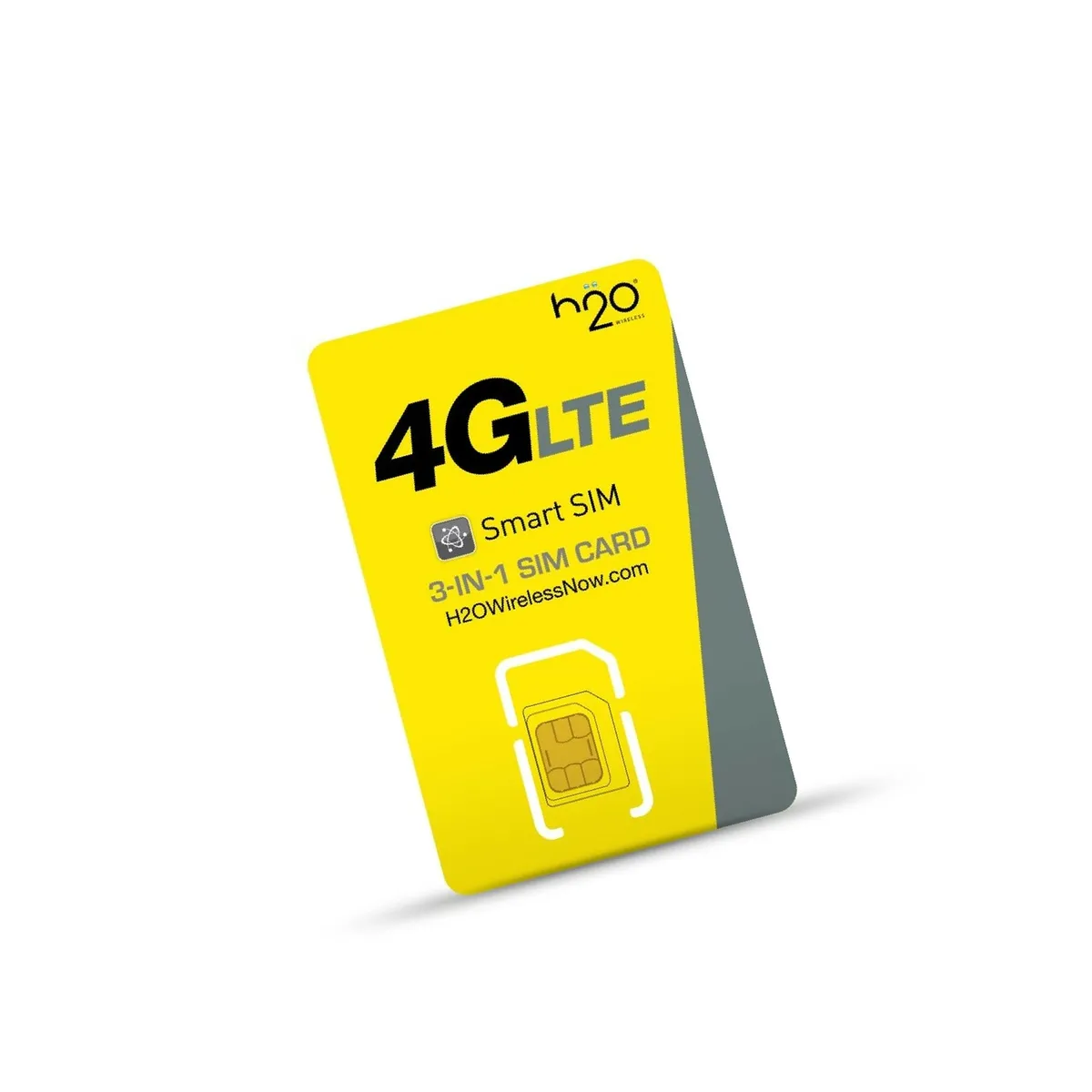Introduction
A sim-free smartphone, also known as an unlocked smartphone, is a device that is not tied to any specific mobile network provider. Unlike locked smartphones which are often sold with a contract and a sim card from a specific carrier, sim-free smartphones can be used with any sim card from any carrier that is compatible with the device.
Sim-free smartphones have gained popularity in recent years due to the flexibility and freedom they offer to users. Whether you want to switch carriers, travel internationally, or simply have the freedom to choose the best plan for your needs, a sim-free smartphone allows you to do so without any restrictions.
With a sim-free smartphone, you are not bound by any contract or commitment to a specific carrier, giving you the ability to shop around for the best deals and plans that suit your requirements. This flexibility can save you money in the long run and provide you with more control over your mobile phone usage.
Furthermore, sim-free smartphones provide compatibility with a wide range of networks. Whether you prefer GSM or CDMA technology, a sim-free device can work seamlessly with different network providers, giving you more options for coverage and signal strength in your area.
In this article, we will explore the benefits of using a sim-free smartphone, how to purchase one, and important considerations to keep in mind before making a decision. So, if you’re ready to unlock the potential of your smartphone, let’s dive in!
Definition of Sim-Free Smartphone
A sim-free smartphone, also known as an unlocked smartphone, is a device that is not tied to a specific mobile network provider. Unlike locked smartphones that are sold with a contract and a sim card from a specific carrier, sim-free smartphones can be used with any sim card from any carrier that is compatible with the device.
When you purchase a sim-free smartphone, it comes without a sim card, allowing you to choose a network provider of your choice. This means that you have the freedom to switch carriers at any time without any limitations or penalties. You can easily insert a sim card from a different carrier and start using their services immediately.
One of the key advantages of a sim-free smartphone is that it allows you to avoid being bound by a long-term contract. When purchasing a locked smartphone, you usually have to sign a contract with the carrier for a specific period, often tied to monthly service fees. Sim-free smartphones give you the flexibility to opt for a prepaid plan, a no-contract monthly plan, or a contract plan if you prefer.
Sim-free smartphones are typically sold at their full retail price, as they are not subsidized by the network carrier. However, this upfront cost can be outweighed by the potential savings you can achieve in the long run. By having the freedom to switch carriers and choose the best plan for your needs, you can take advantage of competitive pricing and promotions offered by different providers.
In summary, a sim-free smartphone offers the flexibility to choose any network provider, switch carriers without penalties, and select the most suitable plan for your requirements. By understanding the definition of a sim-free smartphone, you can make an informed decision when it comes to purchasing a new mobile device.
Benefits of Using a Sim-Free Smartphone
Using a sim-free smartphone comes with a variety of benefits that give you more freedom and flexibility in your mobile phone usage. Let’s explore some of the key advantages:
1. Choice of Network: With a sim-free smartphone, you have the freedom to choose any network provider that offers compatible services in your area. Whether you prefer a major carrier or a smaller regional provider, you can switch between them easily without any restrictions. This allows you to take advantage of better network coverage, competitive pricing, and special promotions.
2. Flexibility to Change Carriers: One of the major benefits of a sim-free smartphone is the ability to change carriers whenever you want. You are not tied to a long-term contract with a specific provider, so if you find a better plan or a carrier that better suits your needs, you can switch without any hassle. This flexibility ensures that you are always able to select the most cost-effective and suitable options for your usage patterns and budget.
3. International Travel: For frequent travelers, a sim-free smartphone is highly convenient. Instead of relying on expensive roaming charges, you can easily purchase a local sim card in the country you are visiting and use it in your unlocked device. This allows you to have a local phone number, access to local data plans, and significantly reduces your communication costs while abroad.
4. Resale Value: Sim-free smartphones tend to have higher resale value compared to locked devices. Since they are not tied to a specific carrier, they are in higher demand amongst buyers who prefer the flexibility of choosing their own network. If you decide to upgrade your phone or switch to a different device, selling your unlocked smartphone can fetch you a better price.
5. No Bloatware: Locked smartphones often come with pre-installed apps and bloatware from the carrier. With a sim-free smartphone, you have more control over the software and apps you install on your device. This results in a cleaner, more streamlined user experience, with reduced clutter and unwanted applications.
In summary, using a sim-free smartphone gives you the freedom to choose your network provider, change carriers whenever you want, use local sim cards while traveling, and enjoy a higher resale value. These advantages make sim-free smartphones a popular choice for those seeking flexibility and control over their mobile phone use.
Compatible Networks and Coverage
One of the advantages of using a sim-free smartphone is the compatibility it offers with a wide range of networks and coverage options. Let’s delve into the details:
Network Compatibility: Sim-free smartphones are designed to support multiple network technologies, such as GSM (Global System for Mobile Communications) and CDMA (Code Division Multiple Access). This means that you can use your unlocked device with various mobile network providers, irrespective of the technology they utilize. Whether your preferred carrier operates on GSM or CDMA, you can easily insert their sim card into your device and enjoy their services.
Global Coverage: Another advantage of using a sim-free smartphone is the ability to access networks and coverage options across the globe. Since these devices are not restricted to any specific carrier, you can use them with local sim cards in different countries. This allows you to stay connected while traveling without incurring steep roaming charges. Simply purchase a local sim card, insert it into your unlocked phone, and enjoy local data, voice, and text services at affordable rates.
Expanded Coverage Options: By using a sim-free smartphone, you can take advantage of the expanded coverage options offered by different carriers. Not all carriers have the same coverage in every area. By choosing an unlocked device, you have the flexibility to switch to a carrier that provides better coverage in your location. This ensures that you have a reliable and strong network signal, even in remote or low-coverage areas.
No Region Restrictions: Sim-free smartphones are not limited by region-specific restrictions. This means that you can purchase a device from one country and use it in another without any issues. Whether you are an international traveler or have family and friends living in different regions, a sim-free smartphone allows you to easily connect with everyone, no matter where they are located.
No Carrier Lock-In: Using a sim-free smartphone eliminates the carrier lock-in that comes with locked devices. This means that you are not limited to using a specific carrier’s services and have the freedom to switch providers if you desire. This flexibility ensures that you always have the opportunity to explore different carriers and choose the one that offers the best coverage, pricing, and features for your specific needs.
In summary, using a sim-free smartphone provides compatibility with various network technologies, access to global coverage, expanded coverage options, no region restrictions, and the ability to avoid carrier lock-in. This makes sim-free smartphones an ideal choice for those who value the freedom to choose their network provider and enjoy reliable coverage in their area and beyond.
How to Purchase a Sim-Free Smartphone
Purchasing a sim-free smartphone is a straightforward process, and it allows you to have full control over your device and network choices. Here are the steps to consider when buying a sim-free smartphone:
1. Research and Compare: Start by researching different smartphone models and their specifications. Determine what features are important to you, such as camera quality, display size, processing power, and storage capacity. Compare prices, read reviews, and take note of the devices that meet your requirements.
2. Check Network Compatibility: Before purchasing a sim-free smartphone, ensure that it is compatible with the network providers you intend to use. Most smartphones today support both GSM and CDMA technologies, but it’s always a good idea to double-check the specifications or consult with the manufacturer or retailer if you have any doubts.
3. Select a Reliable Retailer: Choose a reputable and trusted retailer to purchase your sim-free smartphone. This could be an online store or a physical retailer. Look for authorized sellers to ensure that you are buying a genuine device and to benefit from any warranty or customer support services that may be offered.
4. Compare Prices and Deals: Once you have identified the smartphone model you want and selected a retailer, compare prices and deals from different sources. Check if there are any ongoing promotions, discounts, or bundle packages that could save you some money. Take into consideration factors like warranty, returns policy, and added accessories or services that may be included with the purchase.
5. Make the Purchase: When you are ready to make the purchase, follow the retailer’s process for buying the sim-free smartphone. Provide any necessary information, such as your shipping address or preferred pick-up location. If purchasing online, choose a secure payment method and complete the transaction. Keep a record of your purchase details, including an order confirmation or receipt.
6. Set Up Your Device: Once your sim-free smartphone arrives, unbox it and follow the manufacturer’s instructions to set it up. This usually involves inserting your sim card, connecting to a Wi-Fi network, and configuring any additional settings or preferences. The process may vary depending on the device and operating system you are using.
7. Choose a Network Provider and Activate: With your sim-free smartphone ready, it’s time to choose a network provider. Research different carriers in your area and compare their service plans, coverage, and pricing. Purchase a sim card from the provider you have selected and follow their instructions to activate the service on your device.
By following these steps, you can successfully purchase a sim-free smartphone and have the freedom to choose your device, select a reliable retailer, compare prices and deals, and set up your device with the network provider of your choice.
Setting up a Sim-Free Smartphone
Setting up a sim-free smartphone is a crucial step after purchasing a device, as it enables you to start using it with your chosen network provider. Follow these steps to set up your sim-free smartphone:
1. Unbox Your Smartphone: Begin by carefully unboxing your sim-free smartphone and removing any protective packaging. Take a few moments to familiarize yourself with the device and its physical features.
2. Insert the SIM Card: Locate the SIM card slot on your smartphone. Typically, it is located on either the side or the top of the device. Use a SIM card removal tool or a paperclip to gently eject the tray. Insert your SIM card into the tray following the manufacturers’ instructions, ensuring it is properly aligned. Carefully reinsert the tray into the device.
3. Power On the Smartphone: Press and hold the power button until the screen lights up. Depending on the device, you may need to press and hold a combination of buttons to power it on. Follow the on-screen prompts, such as selecting your language and agreeing to the terms and conditions.
4. Connect to Wi-Fi: Once your device is powered on, it will prompt you to connect to a Wi-Fi network. Select your desired network from the list and enter the network password if required. Connecting to Wi-Fi will allow you to access the internet without using your mobile data.
5. Configure Settings: Proceed to configure the initial setup settings of your smartphone. This includes choosing your time zone, enabling or disabling location services, and setting up security features like fingerprint or facial recognition. Customize these settings to suit your preferences and needs.
6. Sign in to Your Accounts: If you have existing accounts with Google, Apple, or other services, you will be prompted to sign in or create new accounts. Signing in to your accounts will allow you to access cloud storage, sync your contacts and calendar, and download apps from app stores.
7. Update Software: Your sim-free smartphone may prompt you to update its software to the latest version. It is recommended to install these updates as they often include important bug fixes, security patches, and feature enhancements. Ensure your device is connected to Wi-Fi and has sufficient battery life before initiating any software updates.
8. Install Essential Apps: Visit your device’s app store, such as Google Play Store or Apple App Store, to install the essential apps you need. These may include messaging apps, social media, productivity tools, and entertainment apps. Explore the app store, read reviews, and choose apps that align with your interests and requirements.
9. Customize and Personalize: Finally, take the time to personalize your sim-free smartphone. Set your preferred wallpaper, arrange your app icons, and configure settings such as notification preferences and display brightness. Make your smartphone feel truly yours by adding widgets, organizing folders, and adjusting other settings based on your preferences.
By following these steps, you can easily set up your sim-free smartphone and customize it to your liking. Once everything is set up, you can start enjoying the freedom and flexibility that a sim-free smartphone provides.
Considerations Before Buying a Sim-Free Smartphone
Before purchasing a sim-free smartphone, there are several important considerations to keep in mind. These factors will help you make an informed decision and ensure that the device meets your needs and expectations. Here are some key points to consider:
1. Budget: Determine your budget and how much you are willing to spend on a sim-free smartphone. Keep in mind that sim-free devices are typically sold at their full retail price, so they may be more expensive upfront compared to locked devices. However, the flexibility and freedom they offer can outweigh the initial cost.
2. Network Compatibility: Ensure that the sim-free smartphone you choose is compatible with the network providers you wish to use. Check if the device supports the necessary network technologies, such as GSM or CDMA, and the specific frequencies and bands used by the carriers in your region.
3. Device Compatibility: Consider the compatibility of the sim-free smartphone with other devices you frequently use. For example, check if the device is compatible with your current smartwatch, fitness tracker, or other connected devices you rely on for a seamless digital experience.
4. Device Specifications: Review the specifications of the sim-free smartphone, including the processor, RAM, storage capacity, camera quality, display size, and battery life. Ensure that the device meets your usage requirements and preferences, whether you are a casual user, a heavy multitasker, or an avid mobile gamer.
5. Operating System: Consider the operating system of the sim-free smartphone. Choose between iOS or Android based on your familiarity, personal preference, and compatibility with the apps and services you regularly use.
6. Warranty and Support: Check the warranty and support options provided by the manufacturer or retailer. Ensure that you have access to customer support channels for any technical issues or concerns that may arise after purchasing the device. Read reviews and feedback to gauge the reliability and responsiveness of their customer support.
7. Device Unlocking Policy: Some sim-free smartphones may come with a carrier lock initially, requiring you to request an unlock code from the carrier or the manufacturer. Research the unlocking policy of the device before making a purchase, ensuring that you will be able to use it with any carrier as intended.
8. Future Compatibility: Consider the longevity and future compatibility of the sim-free smartphone. Look for devices that receive regular software updates and have the potential to support new features and technologies in the coming years. This will ensure that your investment is future-proof and can adapt to evolving digital trends.
By considering these factors, you can make an informed decision when purchasing a sim-free smartphone. Taking the time to evaluate your budget, network compatibility, device specifications, warranty and support, and future compatibility will help ensure that the device meets your requirements and provides a satisfactory mobile experience.
Conclusion
Sim-free smartphones offer numerous benefits and give users the freedom to choose their network provider, avoid long-term contracts, and enjoy greater flexibility in their mobile phone usage. These devices are compatible with various networks, provide expanded coverage options, and allow for easy switching between carriers. Sim-free smartphones are especially advantageous for international travelers, as they can use local sim cards to avoid expensive roaming charges.
When purchasing a sim-free smartphone, it is essential to research and compare different models, ensuring they are compatible with your desired network providers. Select a reliable retailer and compare prices and deals to make an informed purchase. Setting up a sim-free smartphone involves inserting a sim card, connecting to Wi-Fi, configuring settings, and personalizing the device to your preferences.
Before buying a sim-free smartphone, consider factors such as your budget, network and device compatibility, specifications, operating system, warranty and support options, device unlocking policy, and future compatibility. Evaluating these factors will help you make a well-informed decision that aligns with your needs and usage preferences.
In conclusion, sim-free smartphones offer users the freedom, flexibility, and control they desire in their mobile phone experience. By allowing you to choose your network provider, switch carriers easily, and access global coverage, sim-free smartphones empower users with the ability to tailor their mobile phone usage to their specific requirements and preferences. So, whether you’re a frequent traveler, seeking the best deals, or simply desiring more control over your mobile phone choices, a sim-free smartphone is an excellent option to consider.







